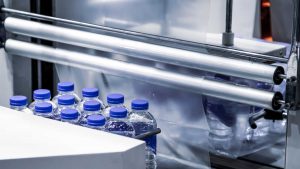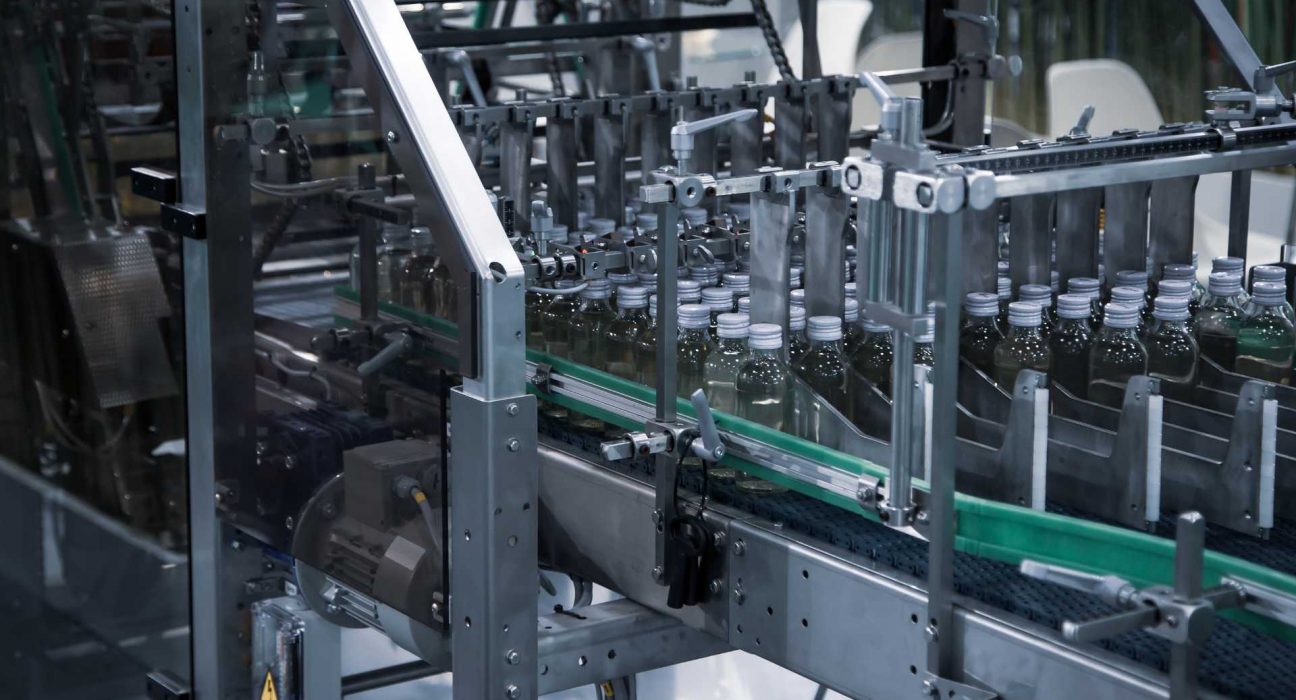In the dynamic world of packaging and distribution, selecting the appropriate shrink wrap machine for your business is a critical decision that can significantly influence your operational efficiency and bottom line. Shrink wrapping is an indispensable process that serves various industries, from food and beverage to electronics, by providing a cost-effective and protective packaging solution. However, with a plethora of options available in the market, choosing the right machine can be a daunting task. This guide aims to demystify the process, offering valuable insights to ensure that your investment aligns with your business needs.
How to Choose the Right Shrink Wrap Machine for Business?
Understanding Your Business Requirements

The first step in selecting the right shrink wrap machine is a thorough assessment of your business requirements. Consider the following factors:
Product Type and Size: The nature and dimensions of the products you intend to wrap will largely dictate the type of machine you need. Different machines cater to different size ranges and product types.
Production Volume: Your average and peak production volumes are crucial in determining whether a manual, semi-automatic, or fully automatic machine is suitable for your operations.
Available Space: The physical space available in your facility will also influence your choice. Larger, automatic machines require more floor space compared to their manual counterparts.
Budget Constraints: It’s vital to balance the initial investment cost with the operational benefits. While automated machines may have a higher upfront cost, their efficiency gains can justify the investment for high-volume operations.
Types of Shrink Wrap Machines

Manual Shrink Wrap Machines: Ideal for small-scale operations or businesses with low-volume packaging needs. These machines require an operator to manually place the product in the film, seal, and shrink the wrap. They are cost-effective and occupy less space but are labour-intensive and slower in comparison to automated machines.
Semi-Automatic Shrink Wrap Machines: These machines automate certain elements of the packaging process, typically the sealing and shrinking stages, while the product loading is done manually. They offer a middle ground in terms of cost and efficiency, suitable for medium-volume operations.
Fully Automatic Shrink Wrap Machines: Designed for high-volume, industrial-scale operations. They automate the entire packaging process, from product feeding to film wrapping, sealing, and shrinking. These machines are faster and more efficient but require a larger investment and more space.
Considerations for Machine Features

Sealing and Cutting Mechanisms: Look for robust and reliable sealing systems that can handle your product range without frequent downtime.
Heat Tunnel Efficiency: The quality of the heat tunnel in a shrink wrap machine is paramount. It should provide uniform heat distribution and be adjustable to accommodate different film types and product sizes.
Control Systems: Modern machines come with advanced control systems for precise operation. Consider machines with user-friendly interfaces and programmable settings.
Maintenance and Durability: Opt for machines that are known for their durability and have readily available spare parts and maintenance services.
Energy Efficiency: Given the rising energy costs and environmental concerns, selecting energy-efficient machines can lead to long-term cost savings and align with sustainability goals.
Regulatory Compliance and Safety
Ensure that the shrink wrap machine complies with UK and EU safety standards. Look for features like emergency stop buttons, safety guards, and compliance with electrical standards. Operator safety should be a paramount consideration in your decision-making process.
Future Proof Your Investment

Consider machines that offer modularity or the ability to upgrade. This flexibility can be invaluable as your business grows or as new technologies emerge. Moreover, as the packaging industry evolves, so do the demands and expectations of customers. A machine that can be upgraded or adapted to new types of films, different product sizes, or emerging environmental standards will ensure that your business remains competitive and compliant.
Another aspect of future-proofing is the software and control systems of the machine. Opt for machines with software that can be updated, ensuring you benefit from the latest features and efficiency improvements. This also includes compatibility with other technological advancements in your production line, like integration with enterprise resource planning (ERP) systems or automation technology. The ability to integrate with these systems can significantly streamline operations and enhance data analytics capabilities, leading to more informed decision-making.
Additionally, training and support services offered by the manufacturer are crucial. Investing in a machine that comes with comprehensive training and reliable after-sales support ensures that your staff can efficiently operate the machine and troubleshoot any issues. This not only minimises downtime but also extends the machine’s operational life.
Conclusion
Choosing the right shrink wrap machine requires a balanced consideration of your product characteristics, operational volume, space constraints, budget, and long-term business objectives. It’s an investment that, when made wisely, can enhance operational efficiency, reduce costs, and improve product presentation and protection. Take the time to research, consult with manufacturers, and potentially trial machines before making your decision. Your choice will not only impact your current operations but also shape your business’s ability to adapt and grow in the competitive packaging landscape.









Leave feedback about this